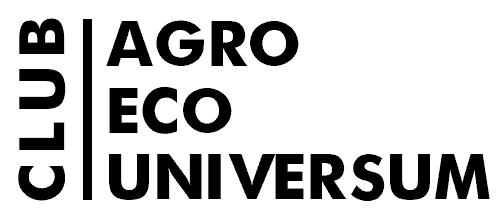The optimal algorithm for the treatment of faecal waste

Optimization of the algorithm and wastewater treatment systems based on international experience
A “green” strategy for wastewater management in an urban environment involves the removal of faecal sludge (FS). However, the question of what to do next with solid organic residues (faecal sludge) remains open. For their rational use and / or disposal it is necessary to develop hygienic and quality standards. A proposal is made for a rational setting of sludge quality or treatment standards in economically emerging countries. At the same time, regulatory setting should take into account local economic, institutional and technical conditions.
The most optimal way to solve the problem of FS utilization is a semi-centralized system. It involves the removal of FS using ambulances and the presence of local (relatively small septic tanks). Cars are much cheaper than a developed sewer system, and local septic tanks for several households located in areas of convenient transport accessibility reduce the time of FS transportation, which further reduces the cost of moving and disposing of them (this issue was already discussed in more detail in the article).
Semi-centralized FS treatment – a strategic tool to minimize cost, indiscriminate dumping, health risks and water pollution

Another important idea of optimizing the process of transporting FS is their dehydration. Why carry water if it is possible to reduce its content in the FS from 98% to 75%, and the solids content, on the contrary, from 2 to 25%. In many places, faecal sludge has been used in agriculture and in aquaculture for centuries already. Its content of organic matter and nutrients and the usually low level of chemical contamination such as heavy metals make it a valuable resource. FS management strategies should therefore aim at rendering FS apt for use in agriculture.
A good hygienic criterion for the purity of FS can be nematodes and their eggs. By varying various methods of cleaning and storing FS, an optimal extremely small number of helminth eggs can be achieved, which will make possible the further use of FS as fertilizers. Such quality control of FS is simple enough, but does not cover all the possible negative consequences from pathogens.
The EU has adopted the concept of establishing a series of “barriers” or quality control points for FS that imply the impossibility of transmission. These control points are easy to control and maintain quality. Of course, in developing countries it will immediately be very difficult to achieve the levels of purification that have developed over decades in the West. Therefore, the use of the principle is something better than nothing (for example, the death of 80% of helminth eggs versus 99%) is justified. Establishing the used criterion of the degree of cleaning should be justified from several points of view: scientific, practical, economic and hygienic. After the establishment of reasonable quality barriers, it is necessary to consolidate in the form of standards at the legislative level.
In addition to establishing cleaning criteria, it is important to choose a relatively cheap way to achieve these criteria. Constructed wetlands (CW), which were described in an article in another section, can play such a role. A CW of relatively small size up to 100 m2 is capable of cleaning FS for several thousand people. CW are able to clean PS from helminth eggs to the level of 3-8 eggs per gram of FS, which is a very high indicator. Other types of pollutants, including heavy metals in CW, degrade successfully and/or do not accumulate in concentrations unsuitable for their further use in agriculture.
Scheme of constructed wetlands for treating septage

Tilley et al. (2014)
Resuming, the following elements are fundamental in FS management can be highlighted: the diligent siting of an adequate number of FS treatment sites in order to minimise transport mileage and hence indiscriminate dumping of untreated FS; the formulation of barrier standards which are sound, enforceable and adapted to a country’s economic. As in industrialized countries, a strategy of starting off with lenient standards and of introducing modest-cost treatment options as disease barriers and critical control points should be adopted. Avoiding the bad experience of Western countries and concentrating on the successful, it is worth using cheap, effective and environmentally friendly methods of utilization and purification of FS, for example, such as СW.
Full Text:
Ingallinella, A. M., Sanguinetti, G., Koottatep, T., Montangero, A., & Strauss, M. (2002). The challenge of faecal sludge management in urban areas-strategies, regulations and treatment options. Water Science and Technology, 46(10), 285-294.
